8 Tips for Removing a Tea Stain
Contents
1. Cleaning a tea stain from leather
2. Removing a tea stain from fabric or clothing
3. Removing tea stains from wood
4. Cleaning tea stains from floors and walls
5. Removing tea stains from smooth surfaces
6. Removing tea stains from metal
7. Cleaning tea stains from stone
8. Detergents for removing tea stains
Tea stains are more resistant than you might think. To remove a tea stain, take action as soon as the stain occurs.
1. Cleaning tea stains from leather
To remove a tea stain from leather
Mix water and rubbing alcohol together.
Apply the mixture to the stain with a sponge.
On suede
Dab the stain with a sponge of water and vinegar.
If the stain remains, mix soap and warm glycerine.
On nubuck
Prepare a solution containing vinegar and rubbing alcohol.
Apply this solution to the stain.
2. Removing a tea stain from fabric or clothing
A tea stain on fabric can be challenging to remove.
On a synthetic fabric
Rub the stain with a cloth soaked in the juice of a lemon.
Dip the fabric in water.
On cotton
Dab the stain with sodium perborate.
Other effective detergents: are white vinegar with 90° alcohol and soap.
On jeans
If the stain is fresh, rub it with a cloth soaked in soap and water.
If the stain is set in, add warm glycerine to the fabric.
Other effective detergents are white vinegar with 90° alcohol and sodium perborate.
On linen
Scrub immediately with a sponge of soapy water.
Dab with a cloth soaked in vinegar.
If the stain remains:
Heat some glycerine.
Mix it with water and soap.
Soak a cloth in the mixture and apply it to the stain.
Other effective detergents: are white vinegar with 90° alcohol and sodium perborate.
On silk, satin, or velvet
Mix vinegar and rubbing alcohol.
Rub the stain with a cloth soaked in the solution.
Other effective detergents: are glycerine, soap, and sodium perborate.
On wool
Rub the fabric with a cotton cloth soaked in liquid soap.
Dip the wool in water and vinegar.
If the stain is stubborn, repeat the operation by adding warm glycerine to the detergents.
Other effective detergents: are white vinegar with 90° alcohol and sodium perborate.
On goat or sheepskin or natural fur
Apply a cloth soaked in rubbing alcohol and vinegar to the stain.
Other effective detergents: are glycerine and soap.
On synthetic fur
Rub the stain with a cloth soaked in lemon.
Wipe with a damp cloth.
On waxed canvas
Sponge the stain immediately with soap.
If the stain is dry, add lemon juice.
Other effective detergents: sodium perborate, 90° alcohol, glycerine, and vinegar.
3. Removing a tea stain from wood
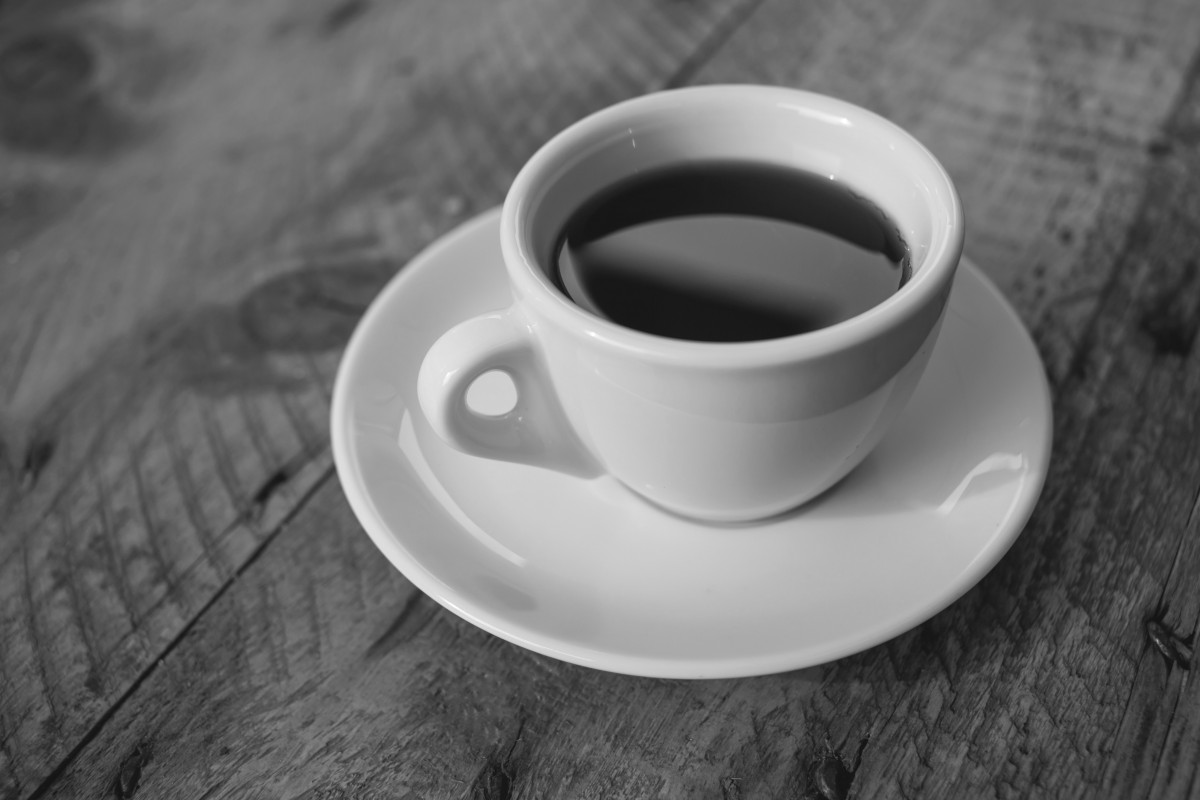
Here’s how to remove a tea stain from wood.
On white wood
Rub the stain gently in the direction of the grooves with a square of sandpaper until it disappears completely.
On waxed wood
Dab cotton wool soaked in ammonia onto the stain.
Sponge.
Wipe off.
Treat with wax, if necessary.
Another effective detergent is scouring powder.
On painted wood
Dry polish the stain with a clean cloth.
Prepare a solution of olive oil, methylated spirits, and turpentine.
Rub the stain with a cloth moistened in this mixture.
Wipe with a cloth soaked in linseed oil.
On teak
A tea stain on the teak is easily removed by rubbing it with a cloth and water.
4. Cleaning a tea stain on a floor or wall
Depending on the surface, a tea stain on a floor or wall can be removed more or less quickly.
On natural fibers (sea rush, jute, coir)
Dab the stain with a tissue moistened with ammonia.
Vacuum the stain.
Other effective detergents: are soap and carpet cleaner.
On sisal
Press a sheet of blotting paper on the stain.
Note: if you don’t have blotting paper, this technique also works with a tissue or paper towel.
Then sprinkle with dry carpet stain remover powder.
Note: Sisal is not water-resistant; therefore, permanent marks may remain.
On carpeting
Dab a cloth soaked in white vinegar on the stain.
Another effective detergent is rubbing alcohol at 90°.
For stubborn stains:
Spray shaving cream on the area.
Scrub vigorously with a brush.
Wipe off the foam with a cloth.
Rinse off.
Allow drying.
On linoleum
Mop with liquid black soap and soda crystals.
Rinse.
Allow drying.
On tiles
Rub the stain with a cloth soaked in diluted black soap and starch.
Wash with clean water.
On cement or concrete
Rub the stain with a sponge moistened with liquid scouring powder.
Clean the sponge and wipe it over the treated area.
On brick
Place an absorbent cloth over the area to loosen some tea stains.
Apply cotton wool soaked in rubbing alcohol to the stain.
Be careful: the stain is dry if it does not come out.
Gently dab the stain with a cloth moistened with vinegar and rubbing alcohol.
For non-washable wallpaper: rub the stain with a breadcrumb.
5. Removing a tea stain from a smooth floor
Smooth surfaces with tea stains are easy to clean.
On plastic or rubber
Place a tissue on the stain to absorb the liquid.
Apply a cloth soaked in scouring powder and water.
Rinse.
Wipe with a dry cloth to dry.
On glass, window, or crystal
Soak dishes in a bath of hot vinegar and water.
Rinse.
If any residue remains, repeat the operation until the stain has completely disappeared.
Other effective detergents: are bleach, bicarbonate of soda, and sodium perborate.
On ceramics, earthenware, or porcelain
Leave to stand in a basin of hot water with bleach added.
Remove the residue under the tap with clean water.
Other effective detergents: are bicarbonate of soda, sodium perborate, and vinegar.
On enamel
Rub enamel with cotton wool moistened with sodium perborate.
Sponge.
Other effective detergents: are baking soda, bleach, and vinegar.
6. Removing a tea stain from metal
Cleaning a tea stain on metal often requires very aggressive products: protect your face and hands.
On stainless steel
Rub the stain with a cloth sprinkled with soda ash.
On copper
Gently rub the stain with a steel wool brush dipped in diluted oxalic acid.
On brass
Scrub the stain with a sponge of soapy water.
Polish.
7. Cleaning a tea stain on stone
A damp sponge will easily remove a tea stain from stone.
If this is not satisfactory:
Mix hydrogen peroxide with water.
Apply the solution to the stain with a cloth.
Another effective detergent is scouring powder or bleach.
On marble
Dilute ammonia and lye in hot water.
Rub this mixture into the stain with a steel wool brush.
Sponge.
On stoneware
If possible, blot the stain immediately.
Rub the stain with a sponge containing diluted scouring powder.
Rinse.
On granite
Wipe with a cloth soaked in liquid black soap.
Rub in a stain remover to protect the granite from future incidents.
8. Detergents for removing tea stains
Liquid black soap
Organic washing powder
Hydrogen peroxide
Oxalic acid (sorrel salt)
Can of bleach
Alcohol at 90
Starch spray
Bag of soda crystals
Dry shampoo for carpets and rugs
Shaving foam
Linseed oil
Extra green olive oil
Burning alcohol
Bottle of sodium perborate
Vegetable glycerine
Sandpaper
Turpentine oil
Linseed oil
Ammonia
White vinegar
Scouring powder
Lemon
Soda ash
Soap

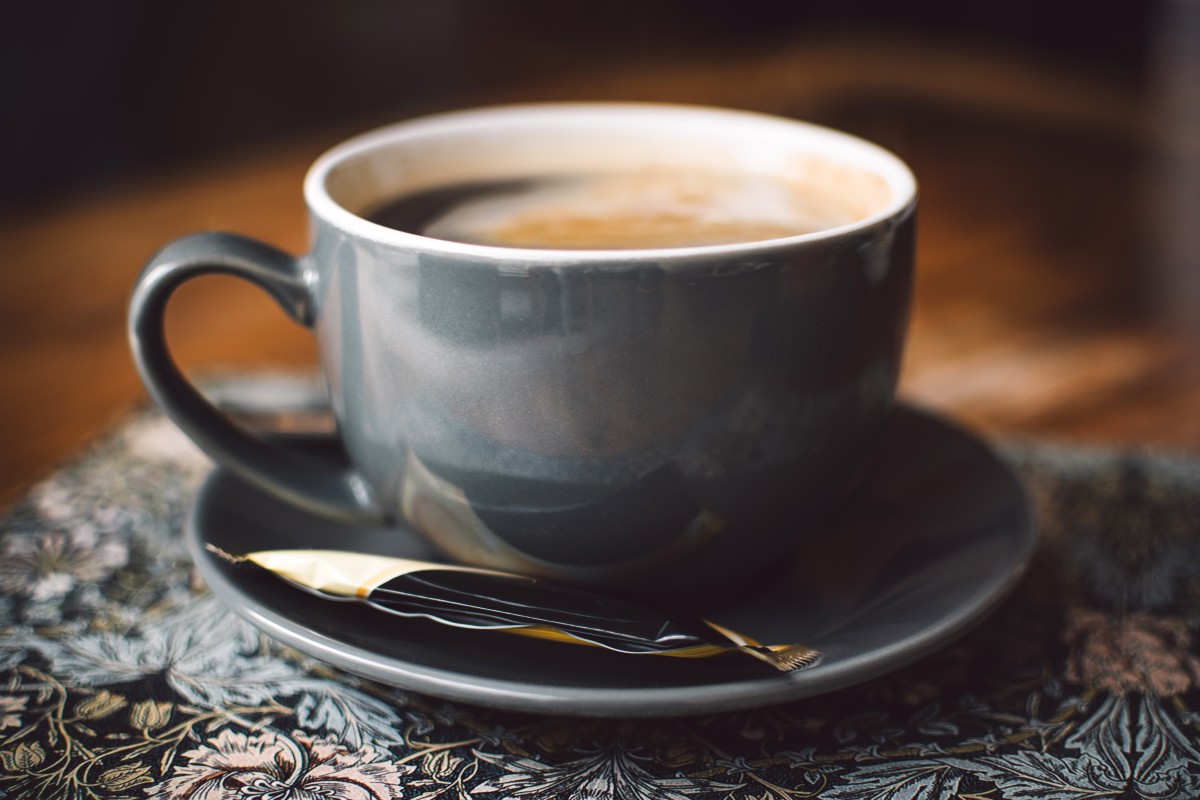
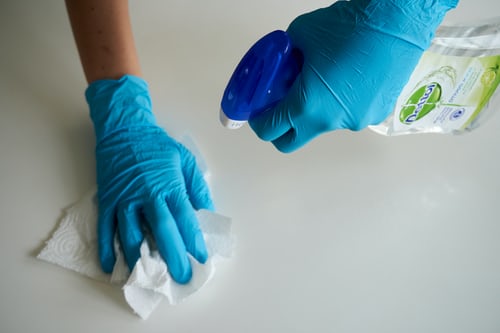
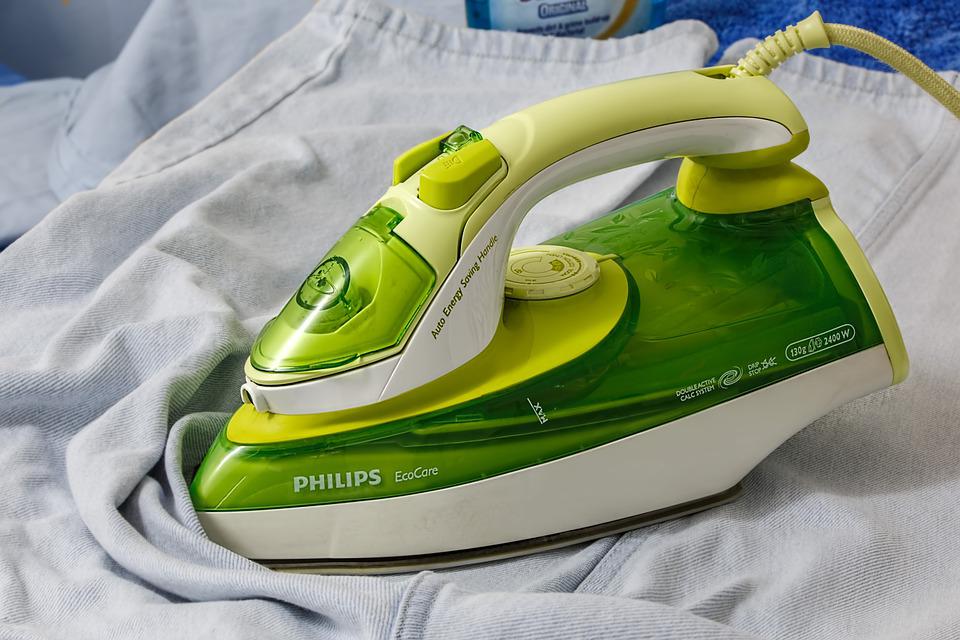
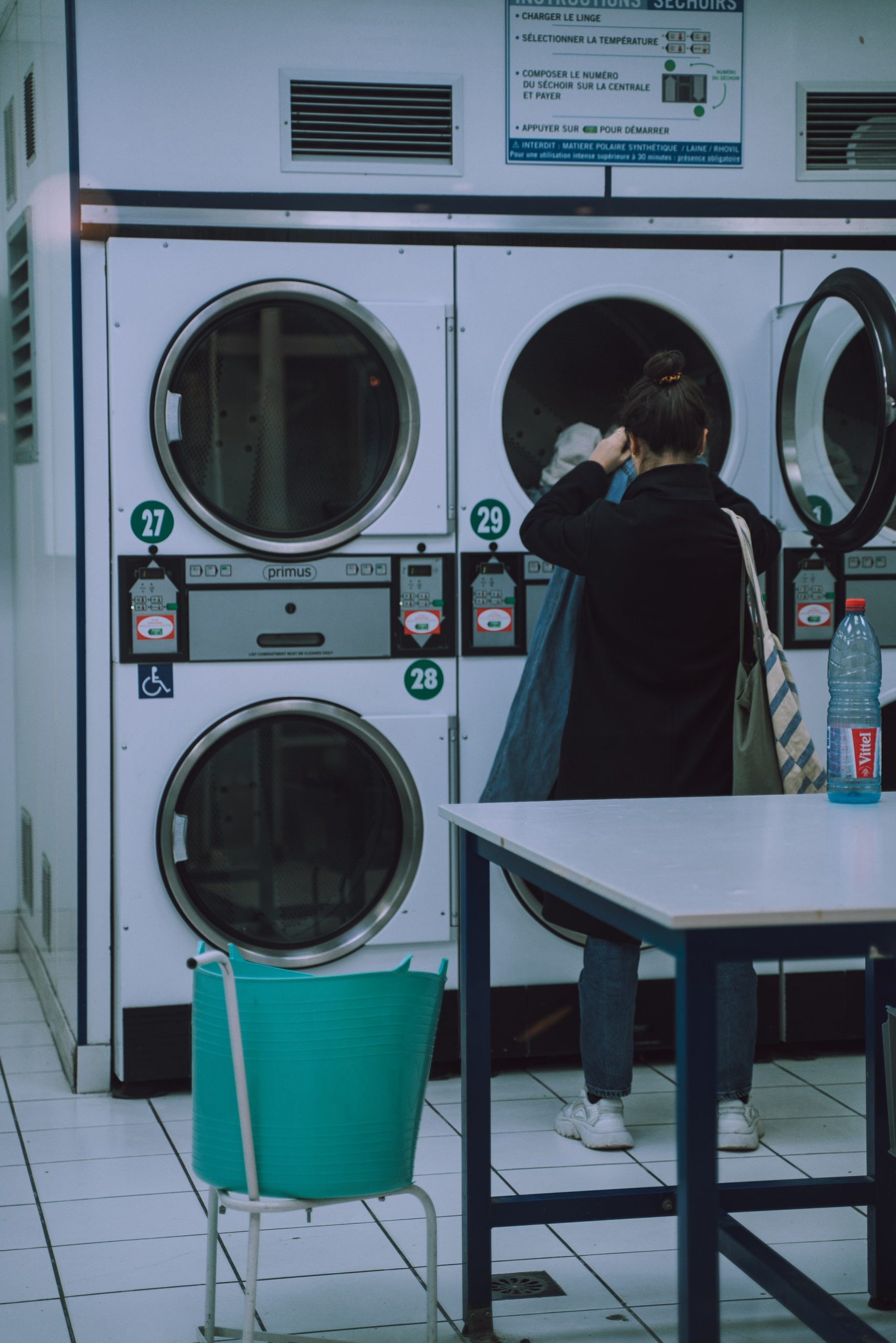
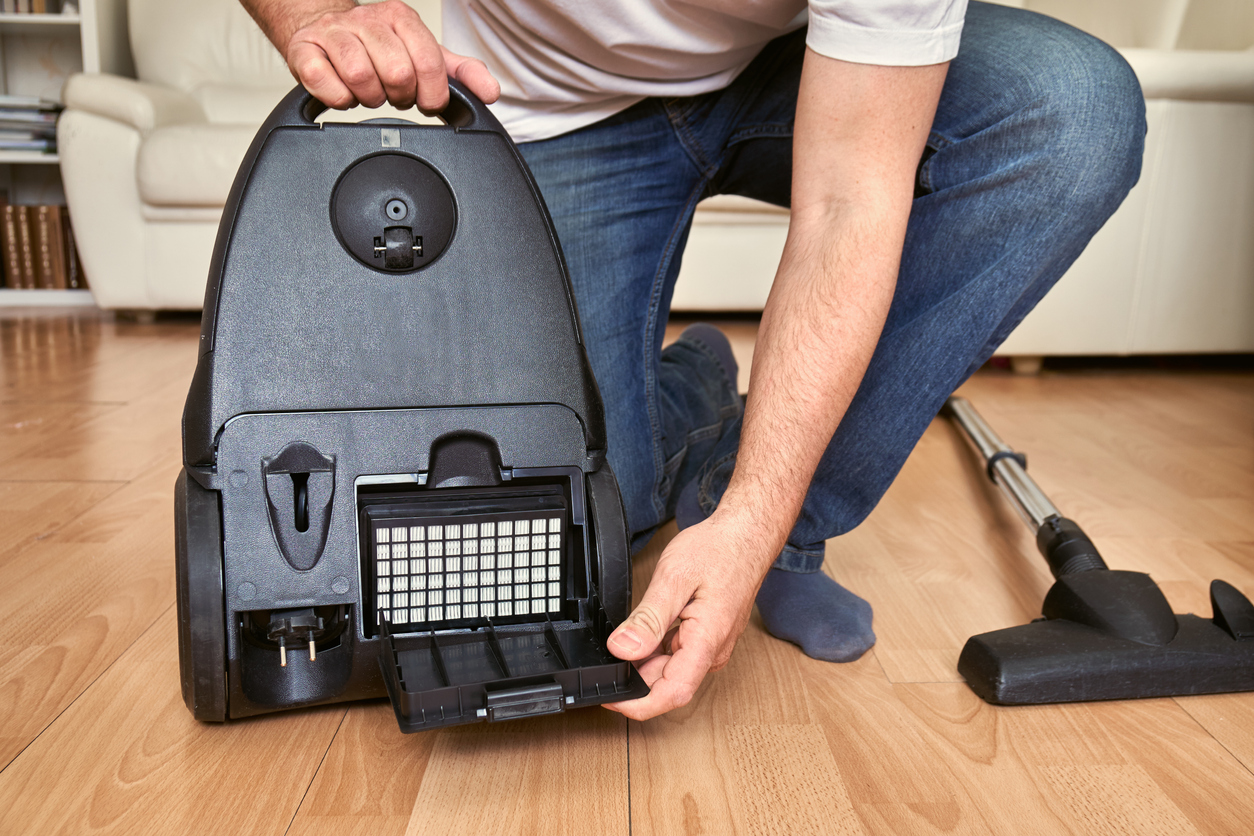
2 Comments
Good day! This is kind of off topic but I need some guidance from an established
blog. Is it tough to set up your own blog? I’m not very techincal but I can figure things out pretty
fast. I’m thinking about setting up my own but I’m not sure where to start.
Do you have any points or suggestions? With thanks
my homepage: bestautoservice
ladbrokes slots uk, no deposit bonus codes casino usa and yukon gold
casino, or online gambling websites usa
my web blog; Hotelvrbaknd.Com